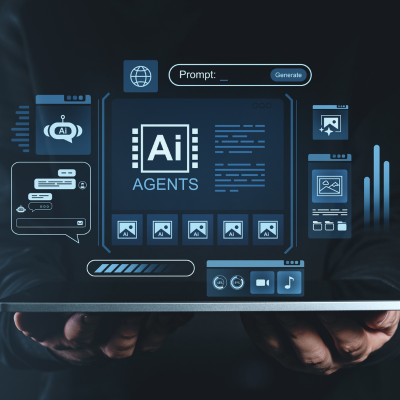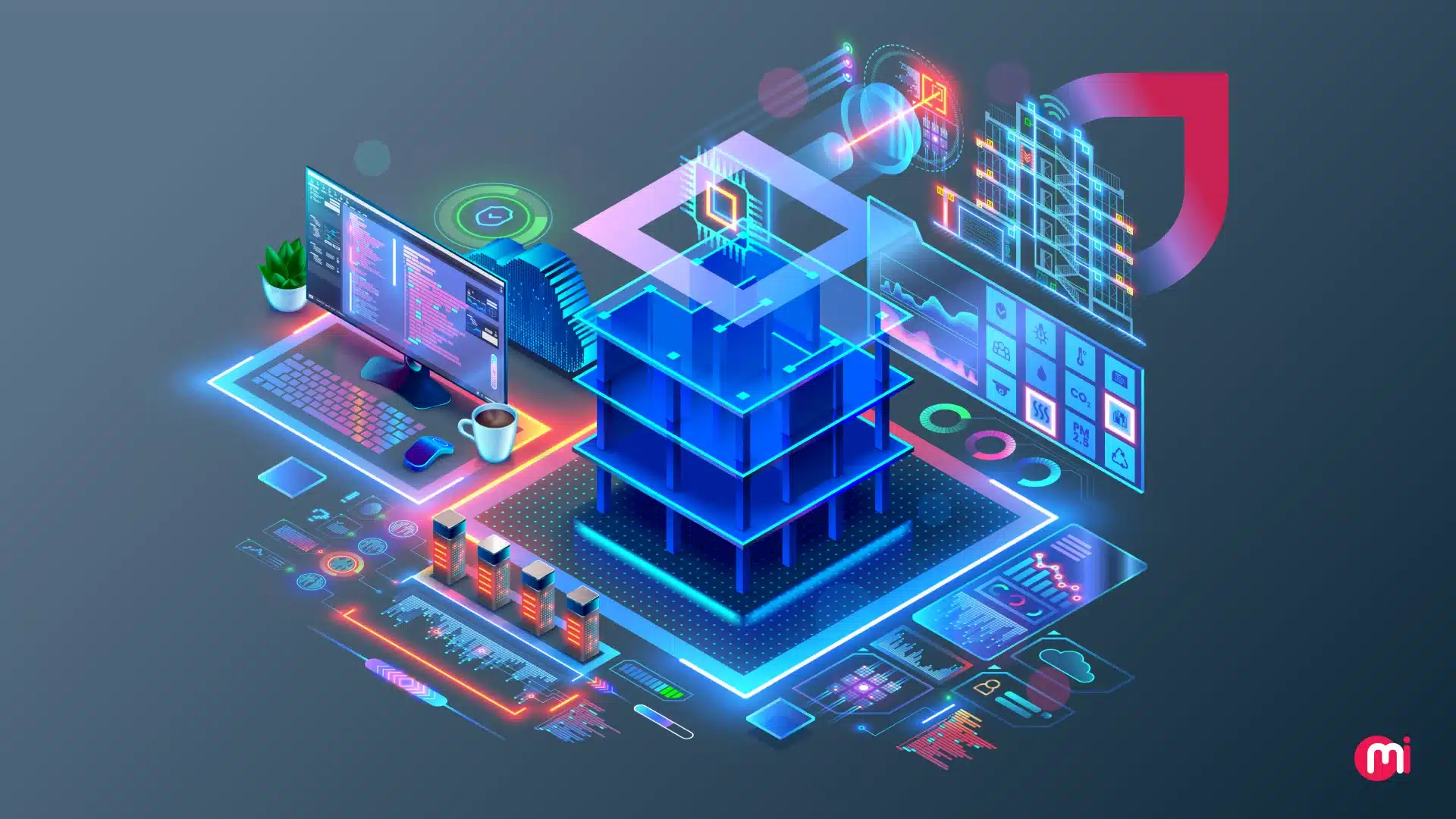In today’s fast-evolving digital landscape, applications must react instantly to events—whether user actions, sensor data, or business transactions—to deliver seamless experiences and operational agility. Traditional request-response models struggle to meet these demands, often introducing latency and bottlenecks. Event-driven architecture (EDA) overcomes these challenges by enabling systems to detect, produce, and respond to events asynchronously and in near real time, unlocking new levels of scalability, resilience, and responsiveness.
EDA plays a pivotal role in powering real-time applications, enabling efficient microservices communication and building highly reactive systems. By leveraging event streaming, asynchronous processing, and event sourcing, developers can create modular, fault-tolerant architectures that scale elastically with demand. This comprehensive guide explores the evolution, core benefits, latest trends, and advanced tactics of event-driven architecture, while illustrating its critical impact on modern software engineering. You will also learn why Amquest Education’s Software Engineering, Agentic AI and Generative AI course—offered in Mumbai and online—is an unmatched opportunity to master these concepts through expert-led, hands-on learning and industry-aligned internships.
Why Event-Driven Architecture Matters Today
Modern applications demand ultra-low latency and the ability to handle high volumes of concurrent events—from IoT sensor data to real-time analytics and personalized user experiences. Traditional synchronous workflows, which rely on tightly coupled API calls or polling, introduce delays and limit scalability. EDA flips this paradigm by enabling components to operate independently and communicate via asynchronous event streams, ensuring immediate system responsiveness and elasticity.
Key concepts such as event streaming platforms (e.g., Apache Kafka), event sourcing (capturing immutable event logs as the source of truth), and cloud-native design principles empower developers to build systems that process complex event patterns at scale with high durability and fault tolerance.
The Evolution of Event-Driven Architecture
EDA arose as a solution to the limitations of traditional synchronous communication. Early systems often relied on polling or direct API calls, causing latency and tight dependencies that hindered scalability and flexibility. Event-driven design decouples producers and consumers, allowing them to operate independently and communicate via push-based, asynchronous messaging.
This loose coupling enables modular system evolution—new services can be added or updated without disrupting others. It also simplifies integration across diverse platforms, including legacy systems, microservices, and third-party applications. The architecture supports elastic scaling of individual components, improving resource efficiency and fault isolation.
Core Benefits of Event-Driven Architecture
| Benefit | Description | Impact on Applications |
|---|---|---|
| Real-time responsiveness | Immediate event reactions enable ultra-low latency user experiences and operational monitoring. | Critical for chat apps, IoT, fraud detection, analytics |
| Scalability | Independent scaling of services and event routers handles traffic surges seamlessly. | Essential for high concurrency, cloud-native applications |
| Loose coupling | Decouples producers and consumers, reducing dependencies and simplifying maintenance. | Enhances modularity and system resilience |
| Fault tolerance | Failure isolation prevents cascading outages, improving system reliability. | Increases uptime and robustness |
| Asynchronous processing | Parallel event handling boosts performance and optimizes resource usage. | Reduces server load and latency |
| Simplified integration | Flexible event routing connects heterogeneous systems without complex APIs. | Accelerates development and extensibility |
| Security and auditability | Centralized event router controls encryption, authentication, and access. | Protects data and supports compliance |
Challenges and Mitigation Strategies
While EDA offers significant advantages, its implementation comes with challenges that require careful planning:
- Eventual consistency: Distributed event processing can introduce temporary data divergence. Designing workflows tolerant to this delay is essential.
- Idempotency: Consumers must handle duplicate events safely to avoid inconsistent states. Implementing idempotent event handlers is critical.
- Schema evolution: Maintaining event data compatibility across services requires using schema registries to enforce contracts and prevent integration failures.
- Observability: Distributed event flows demand comprehensive monitoring and tracing to detect bottlenecks and failures early. Design patterns like CQRS (Command Query Responsibility Segregation) and tools such as durable event logs support these challenges by separating command processing from queries and enabling event replay for debugging and auditing.
Latest Features, Tools, and Trends in Event-Driven Architecture
Modern EDA leverages robust platforms like Apache Kafka, AWS EventBridge, and Google Cloud Pub/Sub to support scalable event streaming with features such as durability, replay, and partitioning. Event sourcing patterns maintain immutable logs, enabling precise state reconstruction and audit trails. Cloud-native designs embrace containerization, serverless functions, and microservices communication patterns that optimize deployment agility and resource usage.
Emerging trends include:
- AI-powered event analytics: Machine learning models analyze event streams in real time to detect anomalies and predict trends.
- Event mesh architectures: Decentralized brokers provide global, resilient event routing across geographies.
- Hybrid AI-EDA systems: Autonomous agentic AI reacts to event streams for intelligent automation and decision-making.
Advanced Tactics for Success with Event-Driven Architecture
To unlock the full potential of EDA, software architects and engineers should:
- Design for eventual consistency: Accept and plan for temporary data divergence inherent in distributed event processing.
- Implement CQRS: Separate command and query responsibilities via event streams to improve performance and scalability.
- Use schema registries: Enforce strict event contracts to maintain compatibility across evolving services.
- Employ idempotent event handling: Ensure consumers safely handle repeated events to avoid duplication issues.
- Leverage event replay and auditing: Utilize durable event logs to facilitate debugging, compliance, and system recovery.
Investing in hands-on training is vital. The Software Engineering, Agentic AI and Generative AI course offered by Amquest Education combines theoretical foundations with practical labs and industry internships, uniquely preparing engineers to build AI-powered, event-driven systems that meet modern challenges.
The Power of Storytelling and Community in EDA Adoption
Effective EDA adoption depends on communicating event flows clearly to all stakeholders. Visualizing event streams, documenting schemas, and sharing real-world case studies foster shared understanding among engineers, product owners, and business teams. Communities around platforms like Kafka and cloud providers offer rich resources, best practices, and user-generated content that accelerate learning and troubleshooting, helping teams navigate complex event-driven environments.
Measuring Success: Analytics and Insights
Key metrics to track EDA effectiveness include:
- Event throughput and latency: Volume and speed of event processing.
- System uptime and fault recovery: Resilience under failure conditions.
- Scalability efficiency: Resource usage relative to workload growth.
- Business KPIs: Correlations between event responsiveness and customer satisfaction, conversion rates, or cost savings.
Integrated observability tools enable real-time dashboards and alerts, empowering proactive system management and continuous improvement.
Business Case Study: Netflix’s Event-Driven Microservices Architecture
Netflix exemplifies large-scale EDA powering its global streaming platform. Facing massive user concurrency and fluctuating demand, Netflix transitioned from monolithic to distributed microservices communicating asynchronously via events to achieve scalability and fault tolerance.
Challenges
- Rapid growth required scalable, resilient systems.
- Real-time personalized recommendations demanded millisecond latency.
- System failures had to be isolated to avoid user impact.
Solutions
- Adopted Apache Kafka as the central event streaming backbone.
- Implemented CQRS and event sourcing for state management.
- Employed asynchronous microservices with loose coupling.
Results
- Near real-time personalization at massive scale.
- Seamless scaling to hundreds of millions of users worldwide.
- High fault tolerance with minimal service disruptions.
Netflix’s success highlights how EDA enables reactive systems at unparalleled scale and responsiveness.
Actionable Tips for Software Architects and Engineers
- Start small: Identify key event producers and consumers to pilot your EDA implementation.
- Choose the right tooling: Evaluate platforms like Kafka, AWS EventBridge, or Google Pub/Sub based on your ecosystem and scalability needs.
- Define clear event contracts: Use schema registries to avoid integration issues.
- Prioritize observability: Instrument event flows with monitoring and tracing from the outset.
- Train your team: Enroll in Amquest’s Software Engineering, Agentic AI and Generative AI course to gain AI-led modules, hands-on labs, and internships that prepare you for building advanced event-driven, agentic AI systems.
- Plan for scale and security: Architect for fault tolerance and implement encryption and access controls on event routers.
Why Choose Amquest Education to Master Event-Driven Architecture
Based in Mumbai with national online availability, Amquest stands out for its:
- Industry-expert faculty experienced in software engineering, generative AI, and agentic AI.
- AI-powered learning modules blending theory with practical coding, focusing on real-world event-driven microservices.
- Strong internship and placement networks with leading tech companies, enabling students to work on live projects.
- Comprehensive curriculum covering event-driven architecture and its integration with generative and agentic AI, preparing learners for next-generation AI-driven software paradigms.
Amquest’s course integrates the latest industry trends with actionable insights and mentorship, making it the ideal choice for engineers and architects aiming to excel in building reactive, scalable applications.
FAQs
Q1: How does event-driven architecture improve real-time applications?
EDA enables systems to react instantly to events with ultra-low latency by decoupling components and using asynchronous processing. This results in highly interactive, responsive applications critical for chat apps, IoT, and real-time analytics.
Q2: What role does asynchronous processing play in event-driven architecture?
Asynchronous processing allows events to be sent and handled independently, improving concurrency and resource utilization. It prevents blocking, enabling systems to process many events simultaneously for better scalability and responsiveness.
Q3: How is microservices communication enhanced by event-driven architecture?
EDA enables microservices to communicate through events rather than direct API calls, reducing dependencies and allowing independent scaling. This loose coupling simplifies adding or updating services without impacting others.
Q4: What are the key challenges in implementing event-driven architecture?
Challenges include managing eventual consistency, designing idempotent consumers, maintaining event schema compatibility, and ensuring observability. Proper tooling and design patterns like CQRS help mitigate these.
Q5: How does event-driven architecture contribute to software scalability?
By decoupling services and enabling independent scaling of event producers and consumers, EDA supports elastic resource allocation. Event routers buffer surges and distribute workloads efficiently.
Q6: Can event-driven architecture be integrated with AI systems?
Yes, integrating EDA with generative and agentic AI allows autonomous agents to react to event streams intelligently, enabling advanced automation and real-time decision-making. Amquest’s course covers these emerging intersections in depth.
Start mastering the future of reactive applications today by exploring the Software Engineering, Agentic AI and Generative AI course offered by Amquest Education in Mumbai and online.










